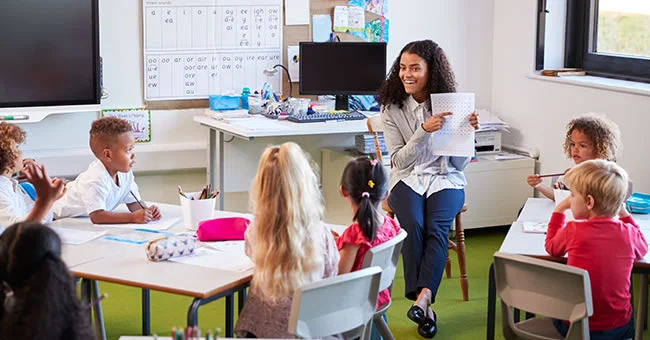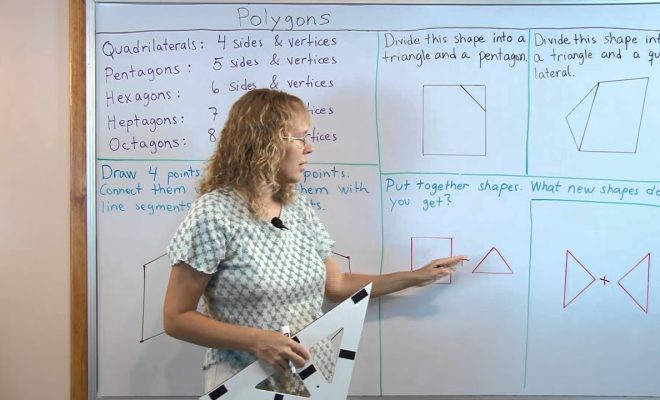What Teachers Need to Know to Help Left-Handed Students Succeed

Teachers play a crucial role in the academic and social development of students, and it’s important to create an inclusive learning environment for all. In this article, we will discuss what teachers need to know to help left-handed students succeed.
Firstly, it’s important to understand that left-handedness is a natural characteristic and shouldn’t be viewed as a disadvantage. In fact, left-handed individuals often have unique strengths and talents. However, there are a few considerations that can help create a more accommodating classroom environment.
One key aspect is providing left-handed students with appropriate writing tools. Most commonly used writing tools, such as pencils and pens, are designed for right-handed individuals, making it challenging for left-handed students to achieve comfortable and efficient writing. Teachers should ensure that left-handed students have access to left-handed specific writing tools, such as left-handed pens or pencils with a softer grip.
Another important consideration is the seating arrangement in the classroom. Left-handed students may face challenges if they are seated next to right-handed students, as they may bump elbows while writing. It’s advisable to provide left-handed students with end seats or seats on the opposite side of right-handed students to avoid any discomfort or distractions.
Teachers should also make adjustments to instructional materials and resources. For example, when providing handouts, it’s helpful to position the text in the center or towards the right side of the page, making it easier for left-handed students to read without their arm blocking the text. Similarly, when writing on the board, teachers can ensure that they begin writing from the right side and move towards the left to avoid obstructing the view for left-handed students.
Furthermore, teachers should encourage left-handed students to develop their own writing style. Left-handed students may naturally adopt a hook grip or other techniques to accommodate their writing, and this should be encouraged as long as it doesn’t lead to any discomfort or strain. It’s important not to force left-handed students to conform to a particular writing style if it doesn’t come naturally to them.
Lastly, teachers should create an inclusive and supportive classroom environment. This involves promoting understanding and empathy among all students, encouraging cooperation and respect for each other’s differences. By celebrating the diversity of all students, teachers can foster a positive learning environment where left-handed students feel valued and supported.
In conclusion, understanding the unique needs of left-handed students can greatly contribute to their success in the classroom. By providing appropriate writing tools, considering seating arrangements, making adjustments to instructional materials, and fostering an inclusive environment, teachers can help left-handed students thrive academically and socially. Ultimately, it’s about creating an environment where all students feel empowered to reach their full potential, regardless of their dominant hand.






